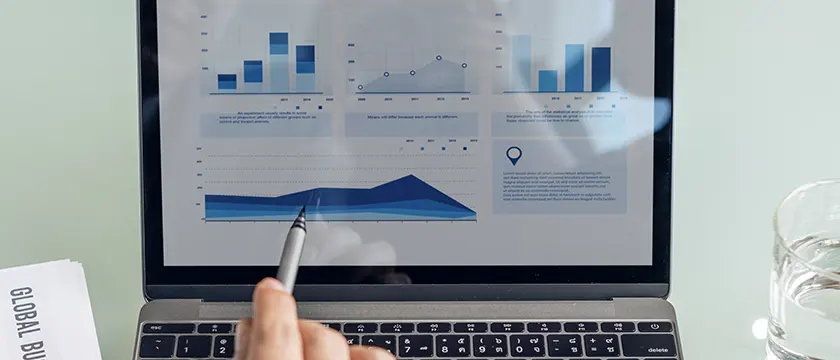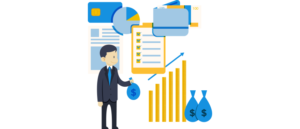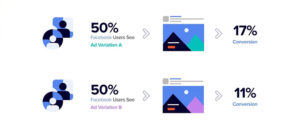Introduction
In the digital age, measuring the success of your business on social media platforms is crucial. LinkedIn, the leading professional networking site, offers analytics tools designed to help businesses understand their performance and optimize their strategies. In this blog, we’ll explore how to use LinkedIn Analytics to measure your business success and make data-driven decisions.
Understanding LinkedIn Analytics
LinkedIn Analytics provides valuable insights into how your content and page are performing. It covers various metrics, including visitor demographics, content engagement, follower growth, and more. Accessing these analytics is straightforward:
- Navigate to Your LinkedIn Page: Log into your LinkedIn account and go to your company page.
- Access Analytics: Click on the “Analytics” tab at the top of your company page. You will find several sections here, including Visitors, Updates, and Followers.
Key Metrics to Monitor
Visitor Analytics
Visitor analytics help you understand who visits your LinkedIn page and how they interact with it.
- Visitor Demographics: This metric shows the job titles, industries, locations, and company sizes of your page visitors. It helps you identify whether you’re reaching your target audience.
- Actionable Tip: If your target audience needs better representation, consider tailoring your content to attract exemplary visitors.
- Page Views and Unique Visitors: Track the number of views your page receives and the number of unique visitors. An increase in unique visitors indicates a growing interest in your brand.
- Actionable Tip: Compare these metrics to identify trends and adjust your content strategy accordingly.
Update Analytics
Update analytics focus on the performance of your posts and updates.
- Engagement Metrics: These include likes, comments, shares, and clicks. High engagement rates indicate that your content resonates with your audience.
- Actionable Tip: Analyse which types of content receive the most engagement and produce more of that content.
- Impressions and Click-Through Rate (CTR): Impressions measure how often your posts are seen, while CTR indicates the percentage of viewers who clicked on your post.
- Actionable Tip: A high number of impressions with a low CTR suggests that while your content is being seen, it might need to be more compelling to drive clicks. Optimize your headlines and visuals to increase CTR.
Follower Analytics
Follower analytics help you track the growth and demographics of your LinkedIn followers.
- Follower Demographics: Similar to visitor demographics, this metric provides insights into the job titles, industries, locations, and company sizes of your followers.
- Actionable Tip: Ensure your content appeals to your followers’ interests and needs to maintain and grow your follower base.
- Follower Growth: Monitor the growth rate of your followers over time. A steady increase indicates that your content and engagement strategies are effective.
- Actionable Tip: Identify spikes in follower growth and analyse what content or campaigns contributed to these increases.
Utilizing LinkedIn Analytics for Business Success
Setting Goals and KPIs
Establish clear goals and key performance indicators (KPIs) to effectively measure success. These could include increasing page views, boosting engagement rates, growing your follower base, or driving more traffic to your website.
- Example Goal: Increase engagement rate by 15% over the next quarter.
- Example KPI: Number of likes, comments, and shares per post.
Analyse Content Performance
Review which posts perform best in terms of engagement and reach regularly. Use this information to refine your content strategy. Experiment with different types of content, such as videos, infographics, and articles, to see what resonates most with your audience.
- Actionable Tip: Create a content calendar based on high-performing content themes and formats.
Understanding Audience Behaviour
LinkedIn Analytics provides deep insights into your audience’s behavior and preferences. Use these insights to tailor your messaging, posting times, and content types to align with your audience’s interests better.
- Actionable Tip: Segment your audience based on their demographics and create targeted content for each segment.
Competitor Analysis
Compare your LinkedIn performance with that of your competitors. Identify what they are doing well and where there might be gaps in their strategy that you can exploit.
- Actionable Tip: Use LinkedIn’s Company Pages to monitor competitors and benchmark your performance against industry standards.
Continuous Improvement
LinkedIn Analytics is not a one-time activity. Regularly review your metrics, adjust your strategies, and experiment with new approaches. This iterative process will help you stay aligned with your goals and continuously improve your LinkedIn presence.
- Actionable Tip: Schedule monthly or quarterly reviews of your LinkedIn Analytics to keep track of progress and make informed adjustments.
Conclusion
LinkedIn Analytics is a powerful tool for measuring and enhancing your business success on the platform. By understanding and leveraging key metrics such as visitor demographics, engagement rates, and follower growth, you can make data-driven decisions that optimize your content strategy and increase your brand’s impact. Regularly reviewing and adjusting your approach based on analytics insights will ensure that your LinkedIn presence remains dynamic and compelling, driving sustained business success.
To learn more or to acquire our services, please contact us at info@paypercampaign.com





